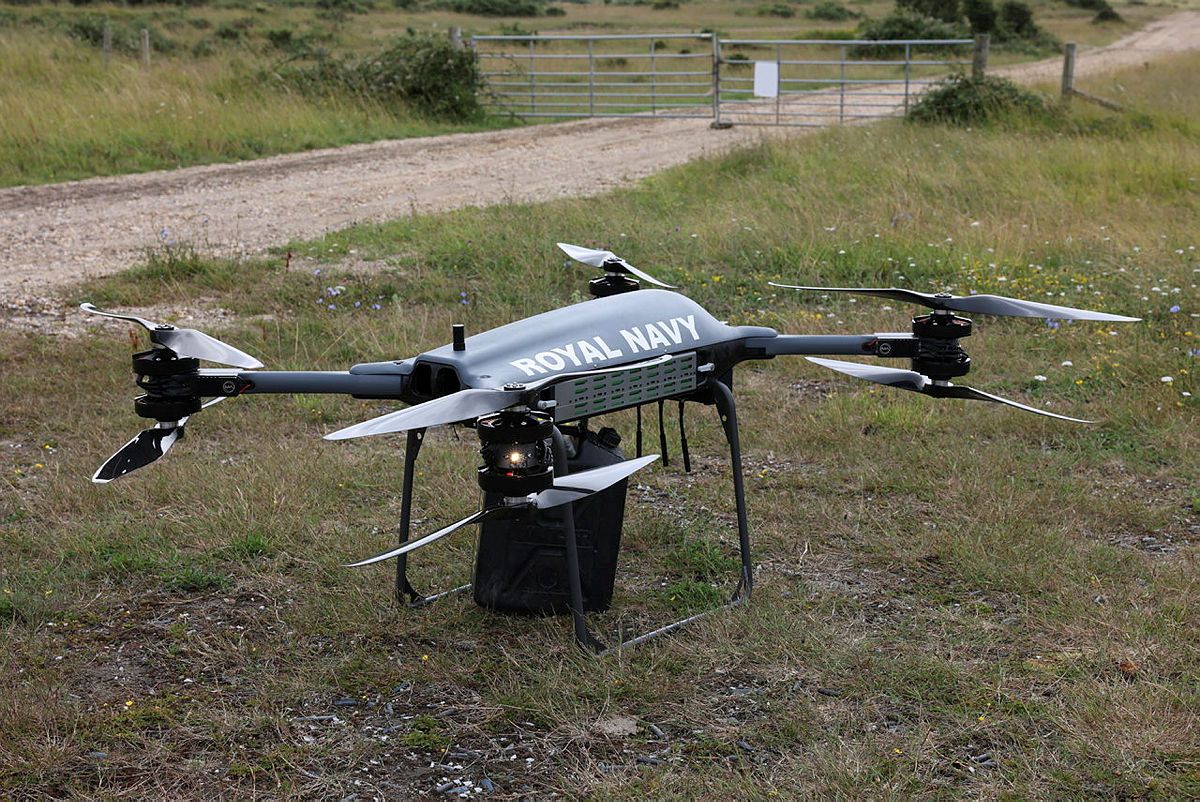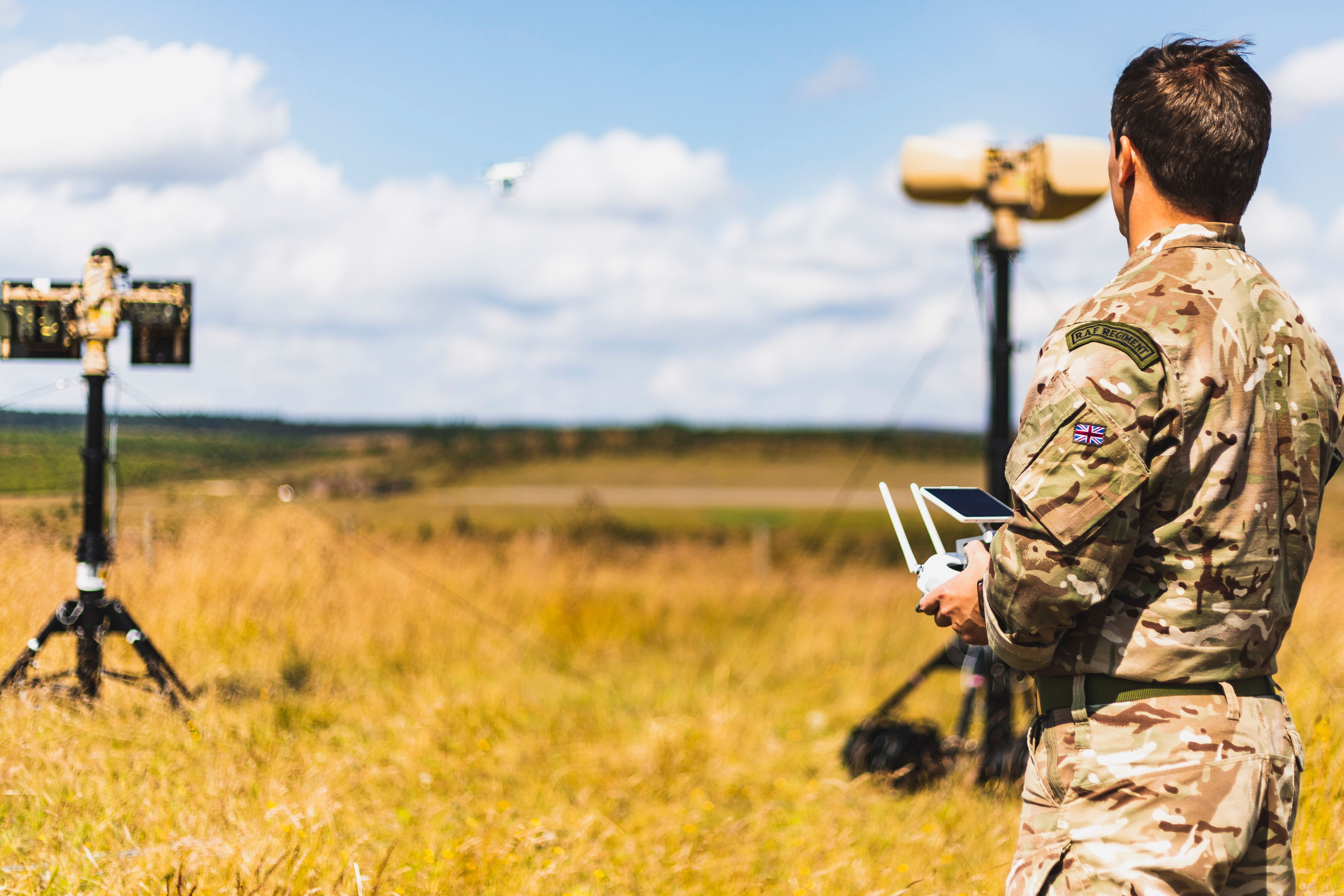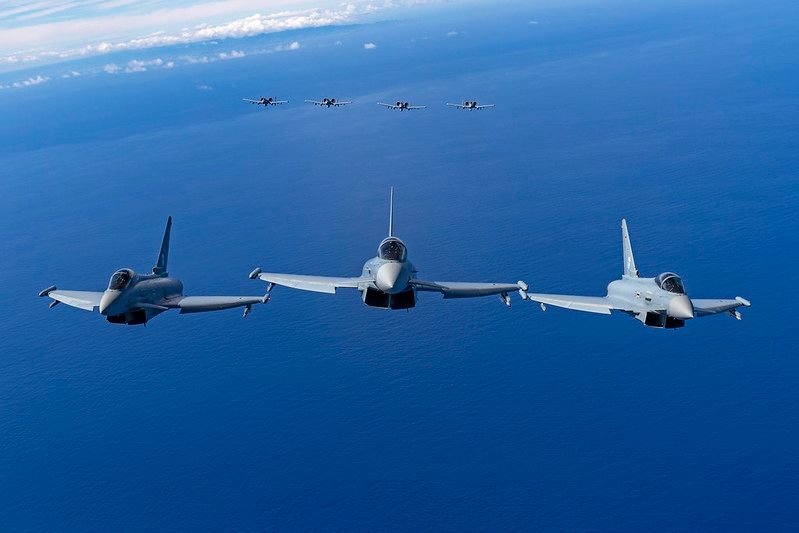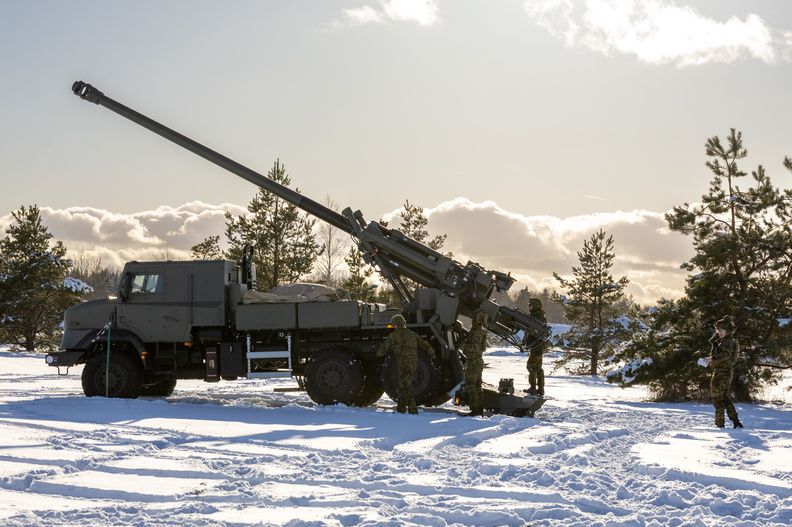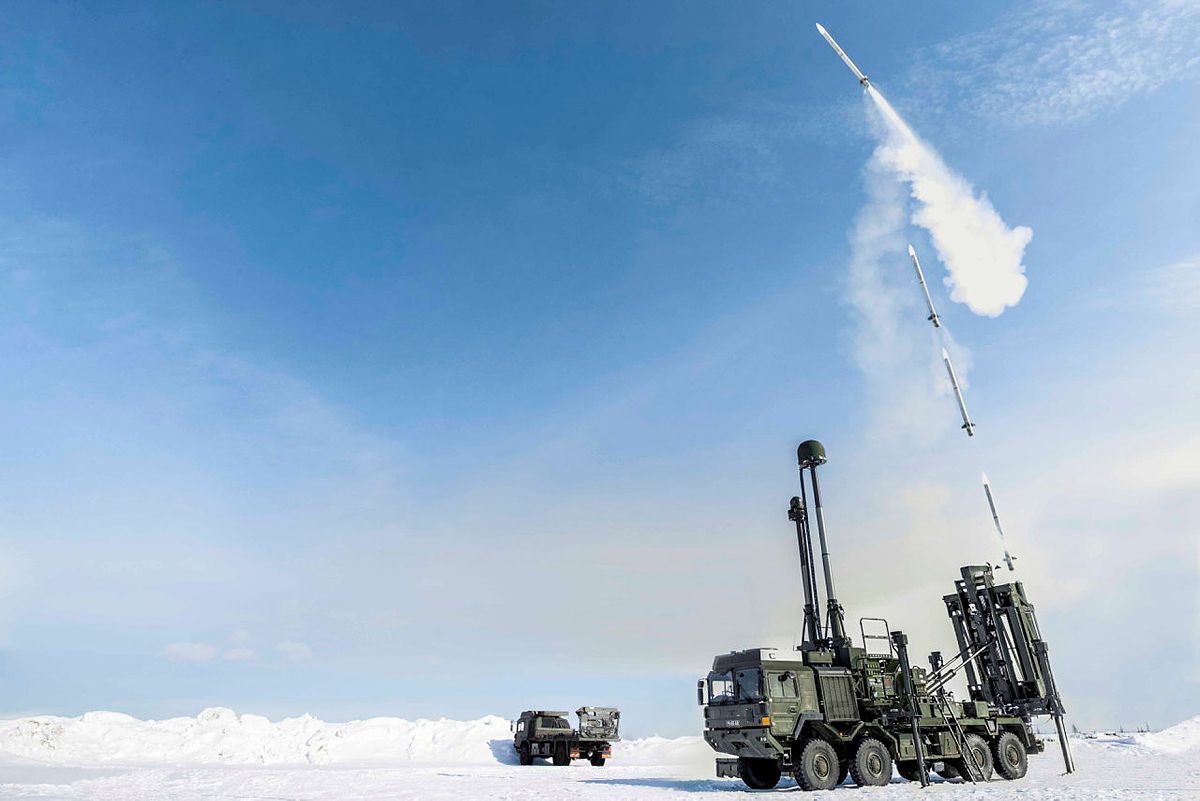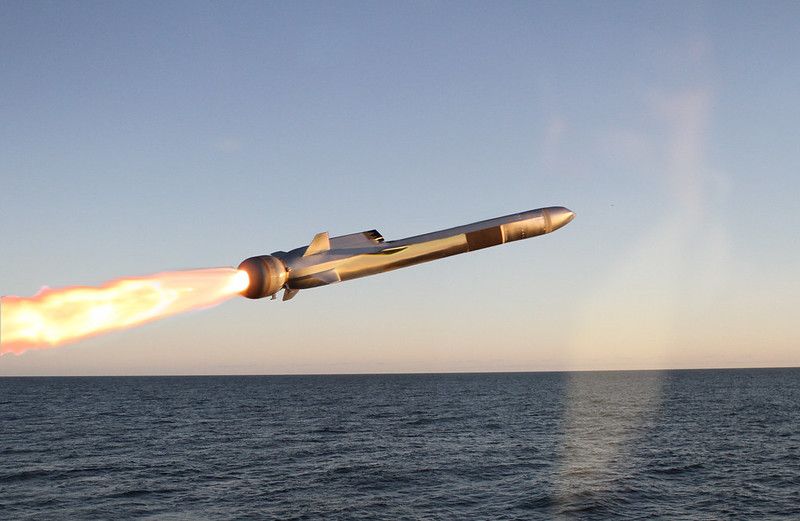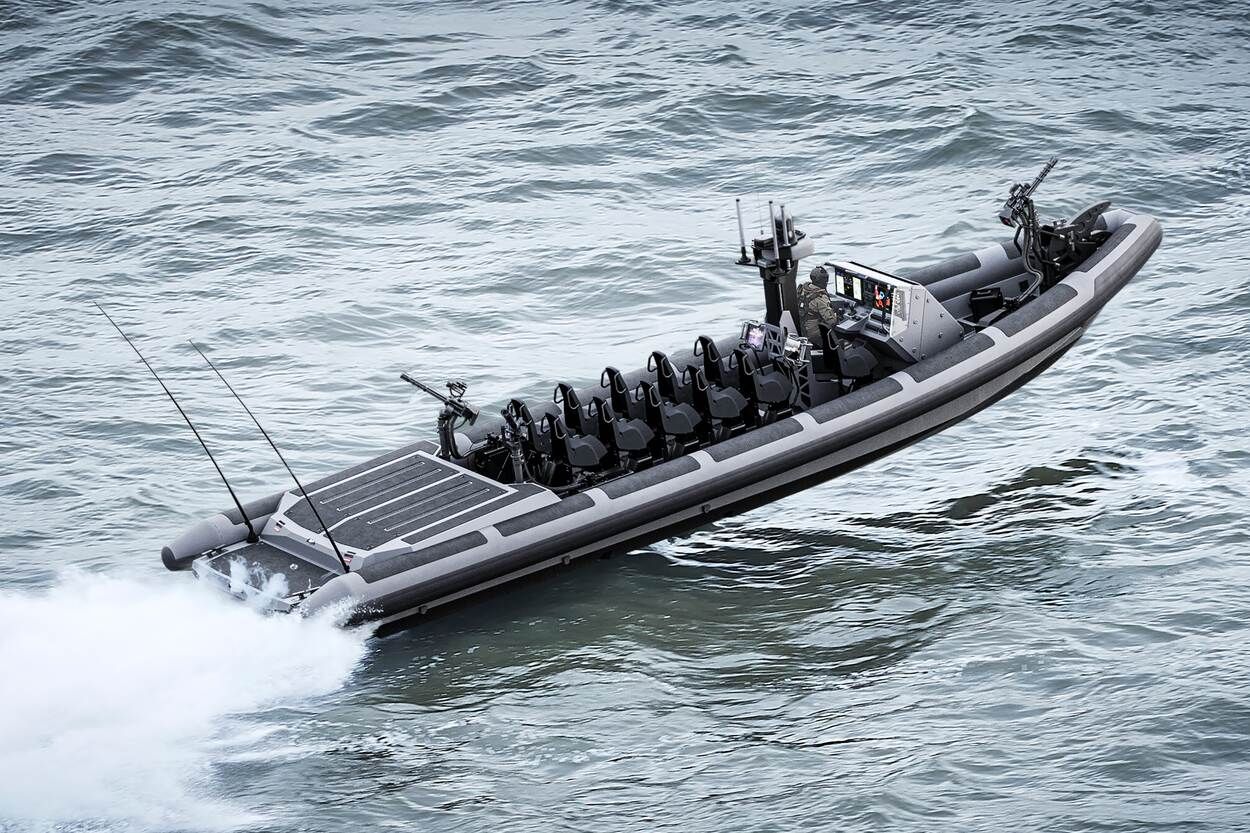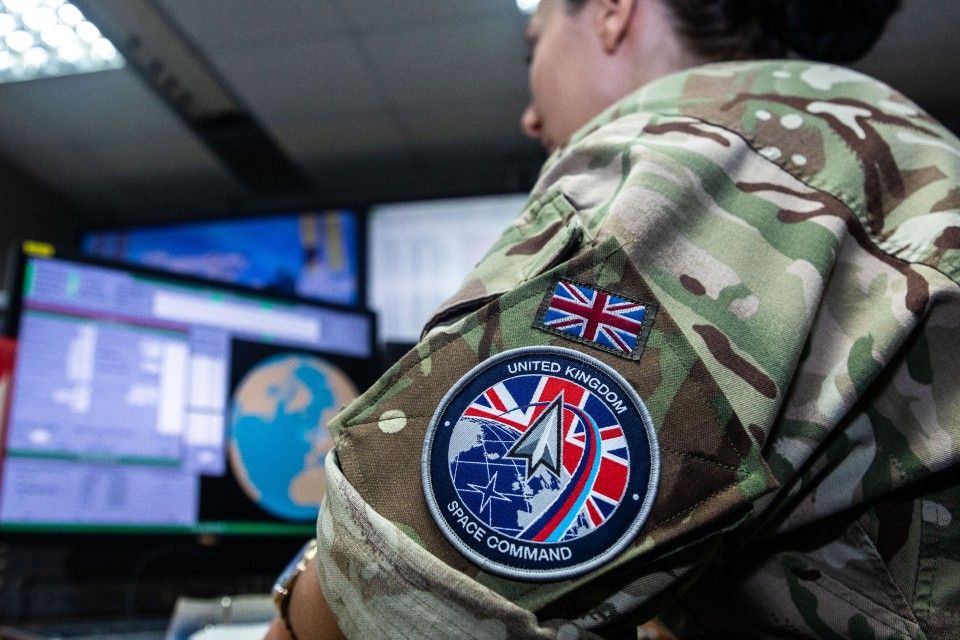We're sorry, but we couldn't find any results that match your search criteria. Please try again with different keywords or filters.
Loading
-
Expect multiple, large-scale programmes for uncrewed systems from the UK MoD this year.
-
New
- News
- Manufacturing
UK advanced manufacturing strategy released after techniques 'proven feasible'
The MoD is betting on advanced manufacturing to resolve obsolescence problems -
The rise preempts the anticipated NATO spending target increase in June.
-
This project presents a valuable opportunity for smaller companies to engage directly with end-users.
-
The new sixth generation fighter jet will replace the US' F-22 Raptor fleet.
-
- News
- Security
EU launches roadmap for rearming Europe
The new roadmap prioritises buying European equipment and building a more cohesive industry. -
Undersea communications and autonomy have emerged as the triad’s key priorities for 2025.
-
- News
- Security
Estonia boosts defence spending to 5% of GDP
This boost follows a slew of defence spending increases this year amid a period of rearmament across Europe. -
The project aims to bolster the military’s tactical ISR capabilities.
-
Increased UKEF loans aim to help support the rearming of Europe while boosting UK industry
-
Denmark has become the fourteenth country to purchase the Naval Strike Missile from Kongsberg.
-
The domestically procured vessels will replace the Dutch marines ageing Friscs.
-
Borealis is a necessary capability in an increasingly congested space environment.
-
The new capability aims to shift marksmanship training to simulated environments.
-
- News
- Naval
Norwegian Navy Chief calls on NATO and private sector to protect critical undersea infrastructure
RADM Berdal’s calls come amid a growing number of sabotage attacks on CUI in the Baltics.
48 Results


